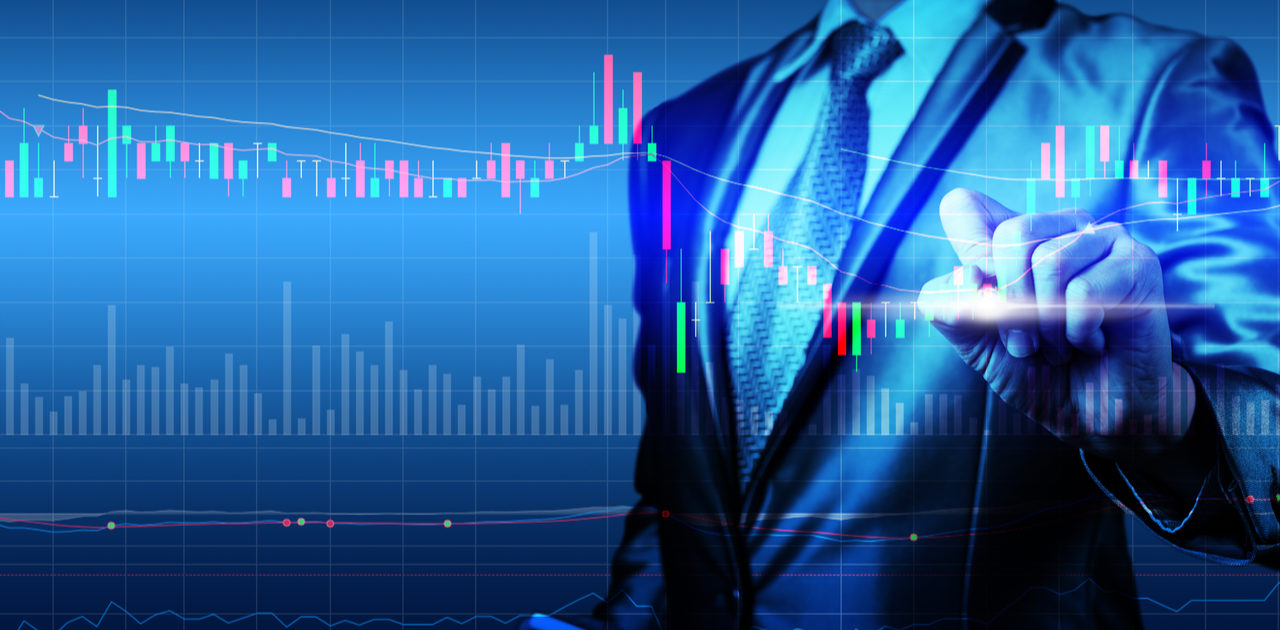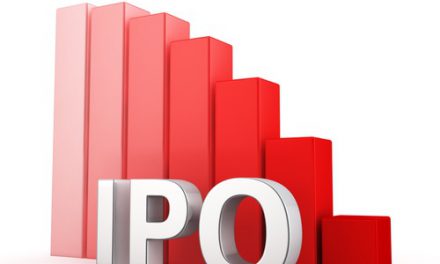
Does an Inverted Yield Curve Portend Doom for Stocks?
It’s impossible to be sure whether the yield curve will invert at all, and what stocks will do in response.
To view the full article please register below:
Does an Inverted Yield Curve Portend Doom for Stocks?
Every recession since 1955 was preceded by an inversion of the yield curve, usually occurring within two years of the curve becoming inverted, and every instance of an inverted yield curve was followed by an economic slowdown.1
The relationship between the term spread—i.e., the gap between short- and long-term rates—and future economic activity may be one of the most durable and reliable economic principles in the “dismal science.”
It’s why many investors are worried. In 2018, the spread between two-year and 10-year Treasury yields has narrowed to 32 basis points (bps), as of July 23, 2018, versus 96 bps at the end of July 2017.2
The Fed Thinks Otherwise
Despite the near infallibility of the yield curve as a predictor of recession or economic slowdown, the Federal Reserve (the Fed) in its June meeting minutes essentially said “This time it’s different.” It reiterated its intention to continue to raise short-term rates, even if short-term yields rose above long-term yields.
Some of the reasons that some economists—and more importantly, the Fed—believe that the indicator is less relevant in today’s environment are:
- Interest rates have been historically low. Consequently, rate hikes may slow down the economy less than similar rate increases may have in the past
- Lower longer-term inflation expectations have kept long-term rates low
- Lower long-term rates relative to short-term rates do not necessarily reflect a pessimistic economic outlook by the market, but is simply the “new normal”
Not all Fed members agree with the consensus. Among the detractors are Minneapolis Fed President Neel Kashkari and Atlanta Fed President Raphael Bostic.
Trouble Looming for Stocks?
In the five instances since 1978 where the yield curve has inverted, stocks generally did not suffer right away. In fact, on average, it was more than a year (13.1 months) from the day that the yield curve inverted to when the S&P 500 peaked. The last three times the yield curve inverted—December 1988, May 1998 and January 2006—the S&P 500 didn’t peak for another 19-22 months.3
It’s impossible to be sure whether the yield curve will invert at all, and what stocks will do in response. What is certain is that the economic cycle has not been repealed.
Sources:
- https://www.frbsf.org/economic-research/files/el2018-07.pdf
- https://www.treasury.gov/resource-center/data-chart-center/interest-rates/Pages/TextView.aspx?data=yieldYear&year=2017
- https://www.marketwatch.com/story/stock-investors-should-not-fear-the-inverted-yield-curve-strategist-says-2018-07-17
See referenced disclosure (2) (3) at https://blog-dev.americanportfolios.com/disclosures/












